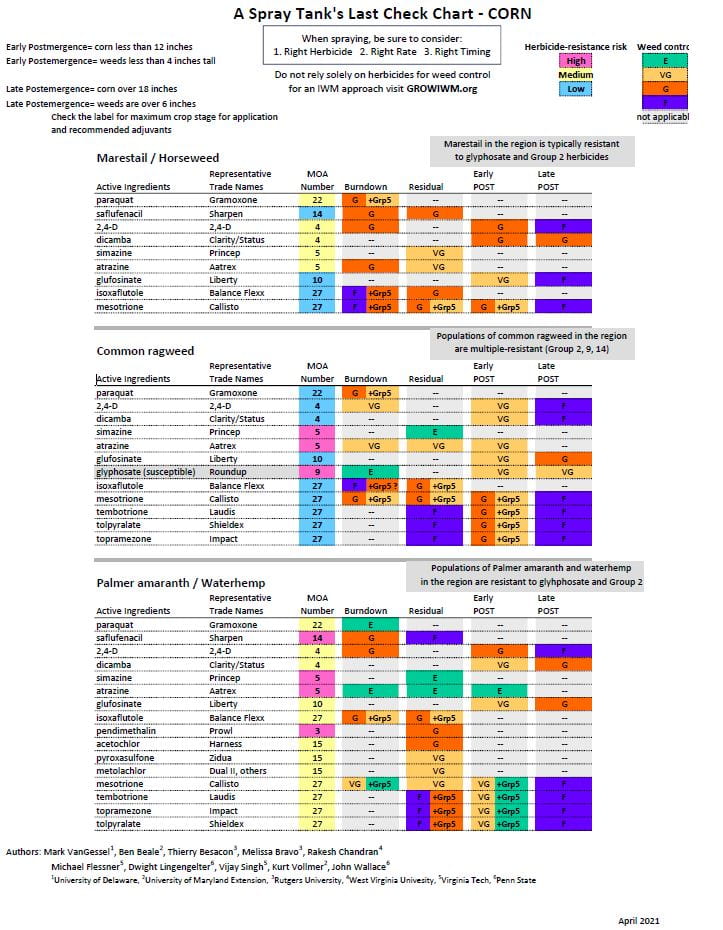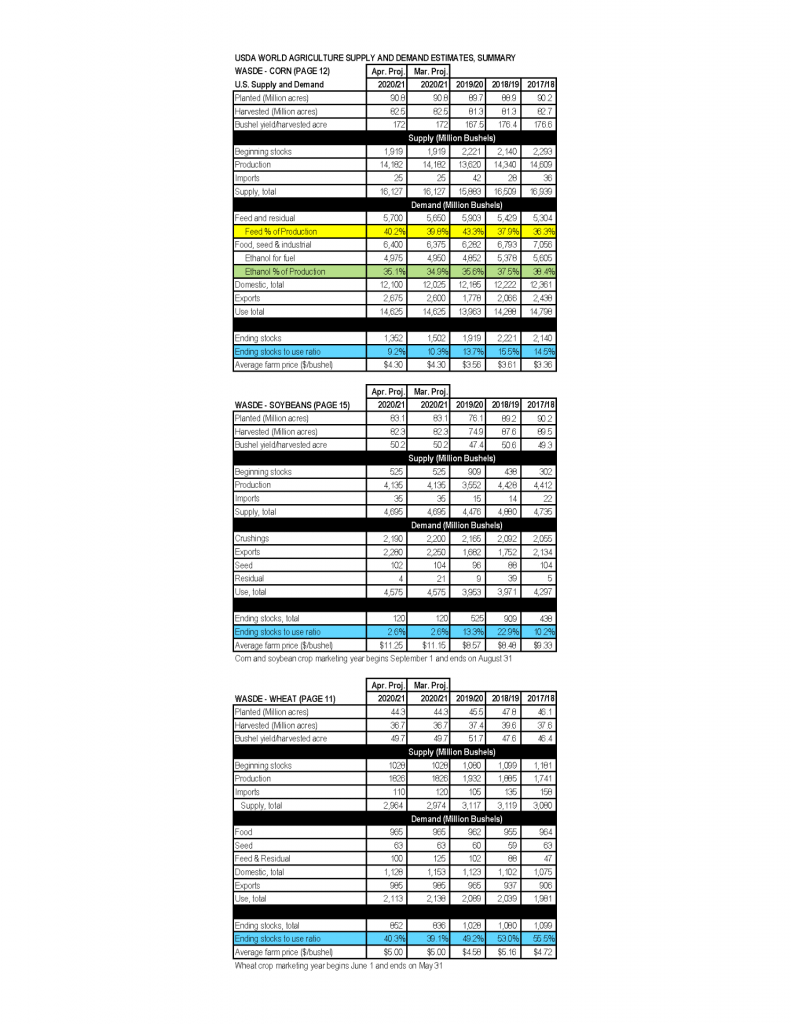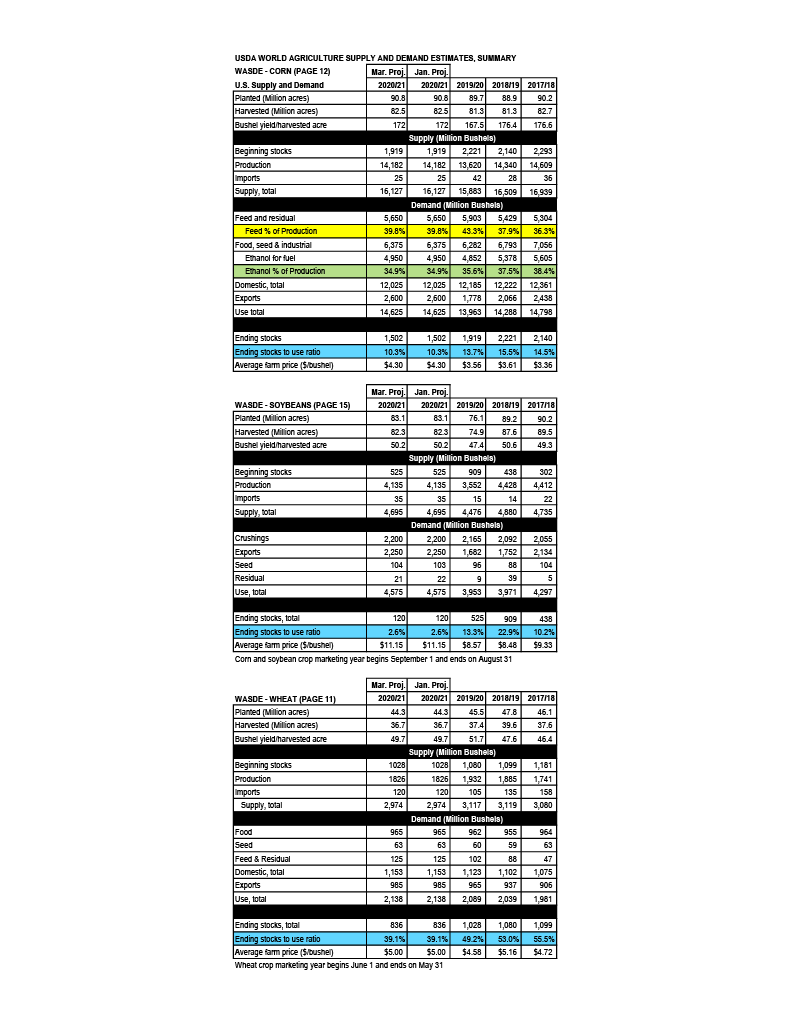Alyssa Koehler, Extension Field Crops Pathologist
University of Delaware

Over the past few years, wet spring conditions have favored corn pre and post-emergence damping off caused by the oomycete pathogen, Pythium. Symptoms of Pythium Root Rot can include stunted, slower growing plants, to severely infected, dead plants (Figure 1). Infected plants typically have brown, rotted roots and mesocotyl (Figure 2). As root systems continue to develop, seedlings can survive mild to moderate Pythium infections, but final yield is often impacted.

Over 2019 and 2020, the Koehler lab at the University of Delaware has been working on surveying Pythium species present in corn and looking at the season long effects of disease. To date, over 15 species have been identified, with Pythium graminicola being most common. Seed treatments with oomycete activity can provide some protection within 10-14 days after planting, and can be helpful for improving seedling emergence and reducing pre-emergent damping off. Pythium species differ in optimal temperatures for growth and can have varying responses to fungicides. Research is currently underway to screen many of the identified species for fungicide efficacy to products currently on the market and recently launched.
In addition to lab and greenhouse screening, field trials were started in 2020 to examine the season long effects of seedlings that are infected. Unfortunately, plants that are infected early generally maintain reduced root systems throughout the season, with ears that are poorly formed (Figure 3). In some cases, infected plants were completely barren with no ear formed. Across all observation sets, yield estimates for Pythium infected plants were approximately 84 bu/acre while the healthy plants averaged 219 bu/acre. Ongoing trials in 2021 aim to see if any in season management approaches can help to mitigate yield losses that stem from these early season effects.





